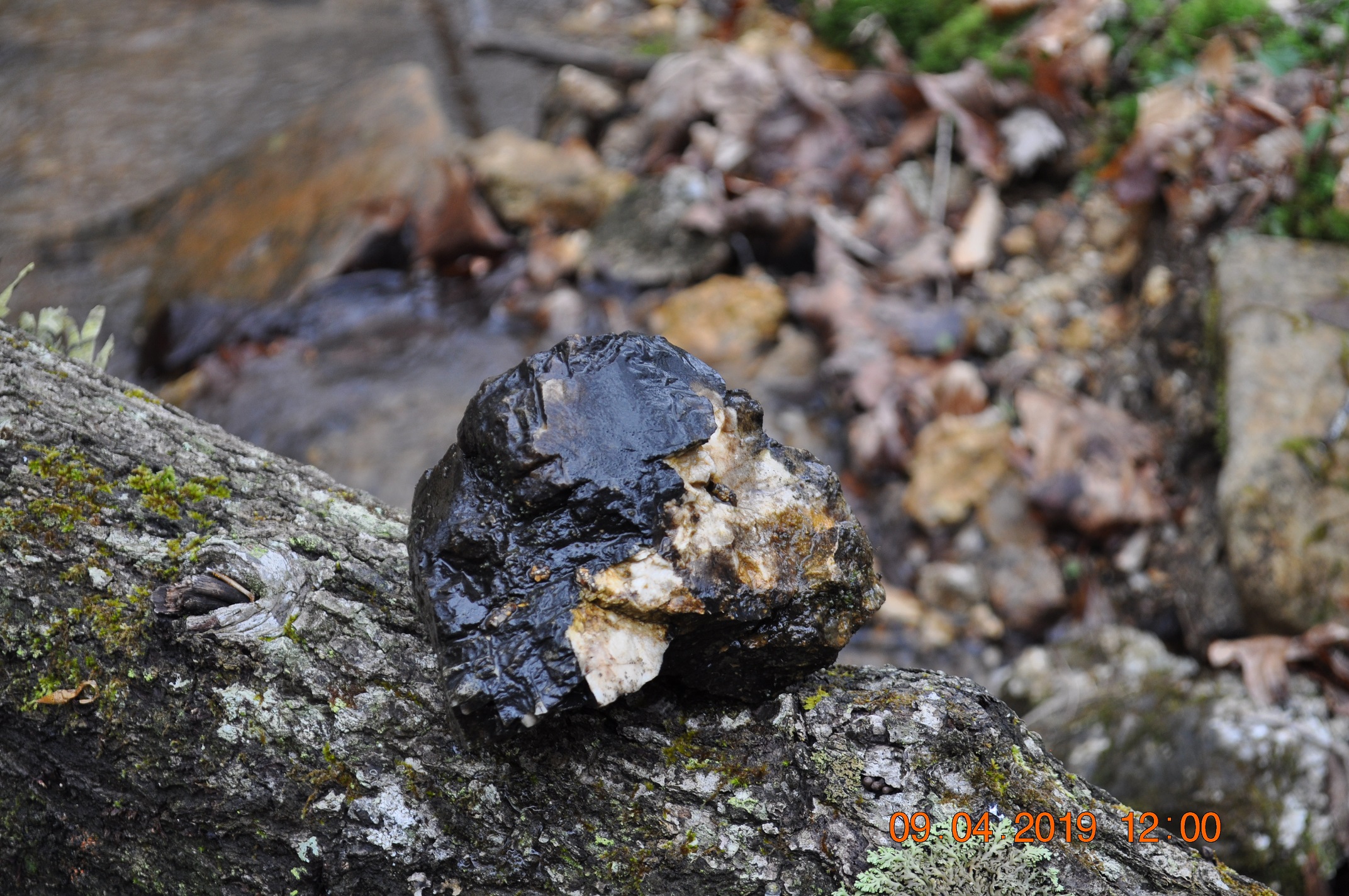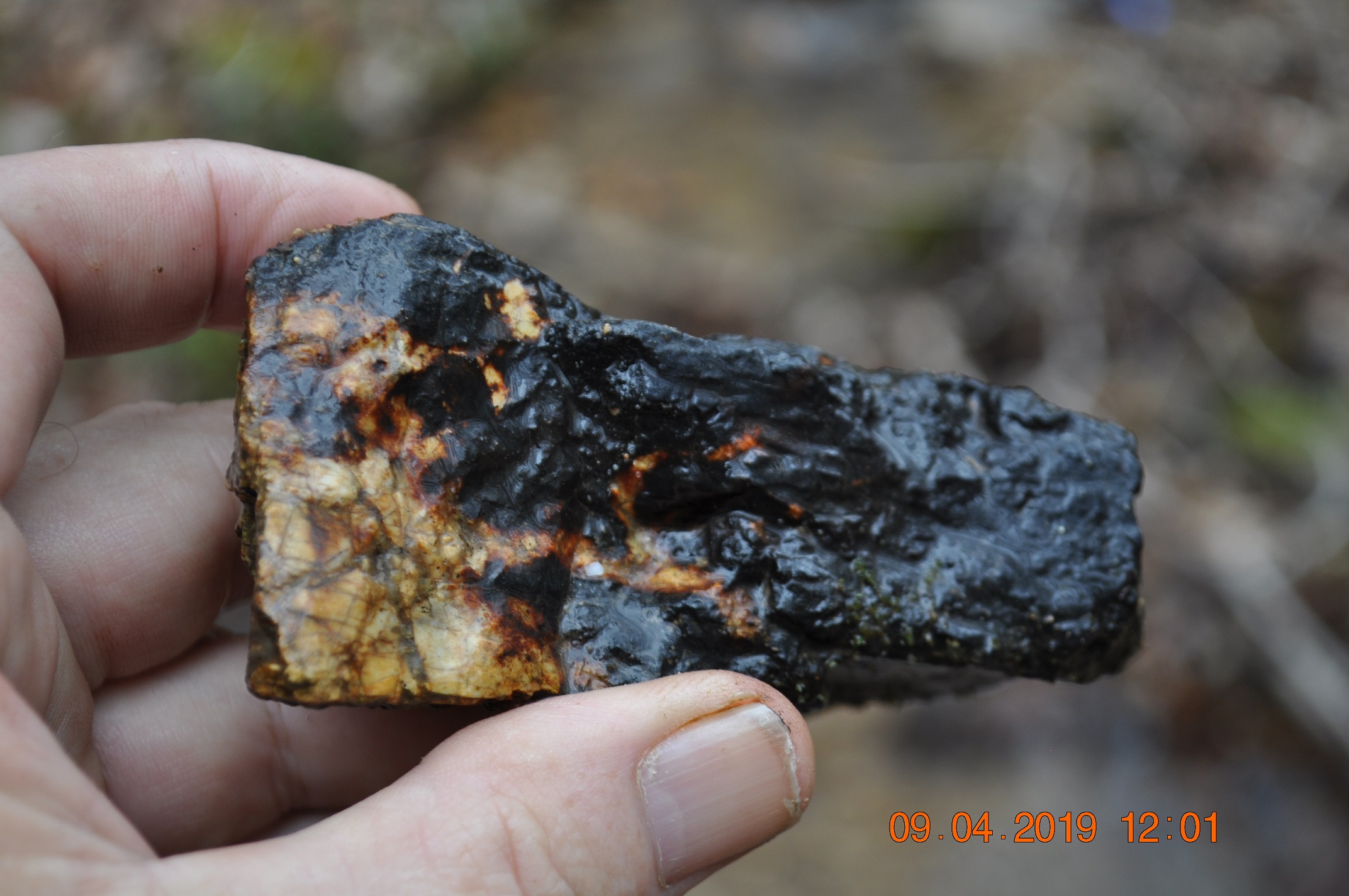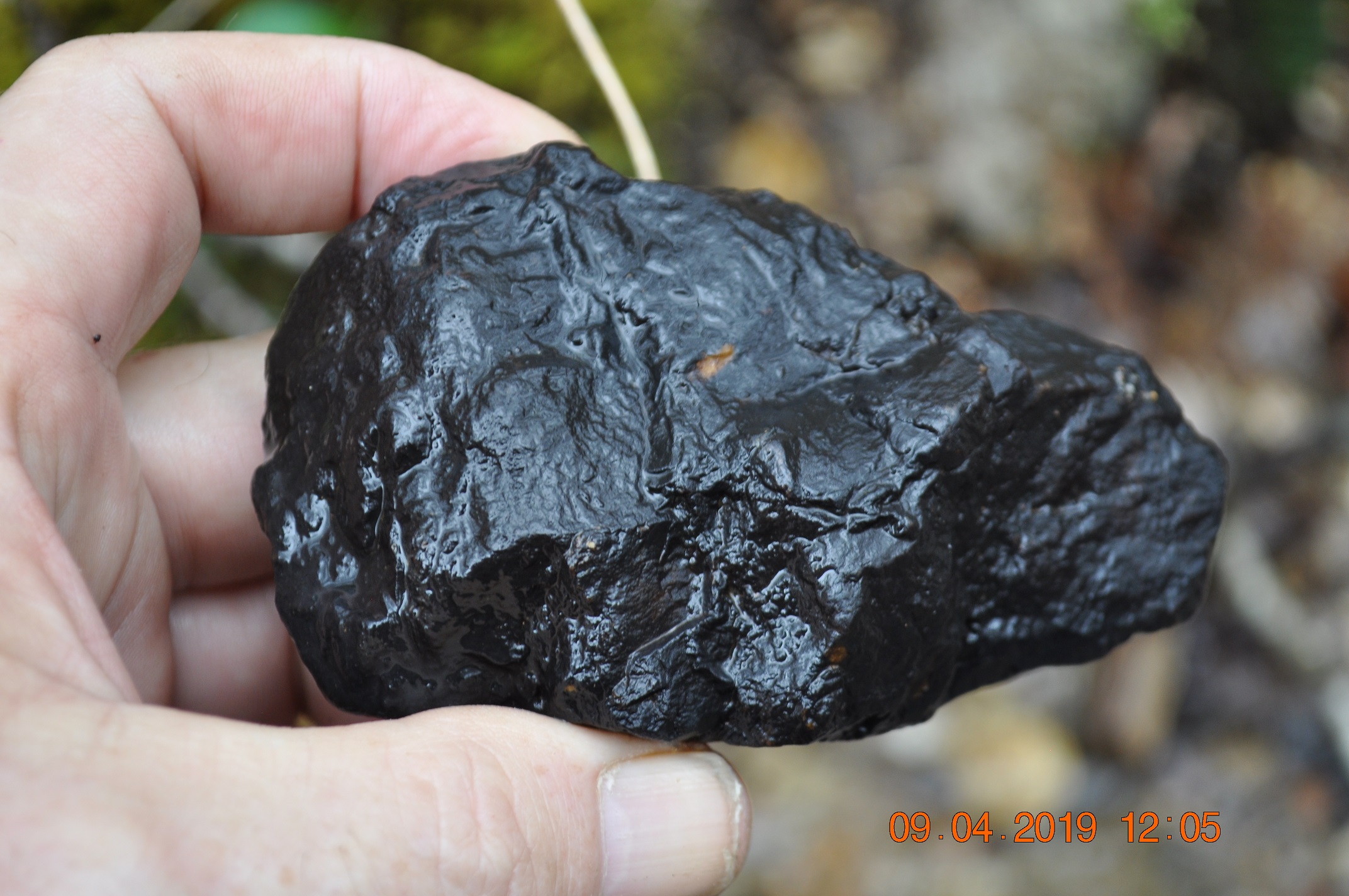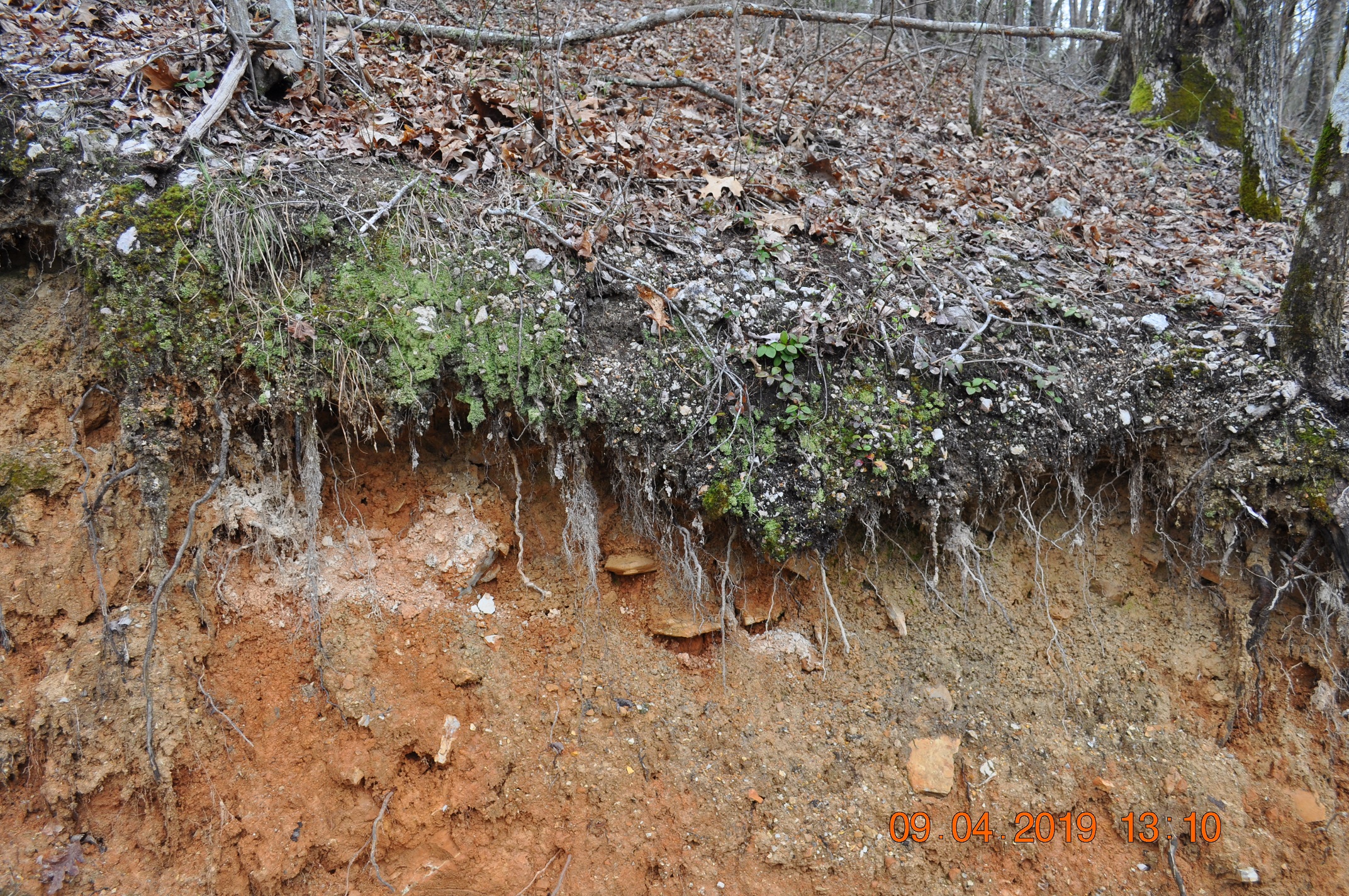It looks like you're using an Ad Blocker.
Please white-list or disable AboveTopSecret.com in your ad-blocking tool.
Thank you.
Some features of ATS will be disabled while you continue to use an ad-blocker.
share:
a reply to: Itisnowagain
blind people can confirm scientific facts without "observation"
it's not observation with eyes, but just measurement , recording its state
blind people can confirm scientific facts without "observation"
it's not observation with eyes, but just measurement , recording its state
originally posted by: All Seeing Eye
I agree, no.
originally posted by: oldcarpy
Thinking about the question in the title of this thread, as the furthest star observable on Earth is I think over 13 Billion light years away and the light would have taken over 13 billion years to get here I guess the answer is "no".
But our concept, our reality, may be. I'm certain our reality is not older than 10,000 years.
Well, I can be certain that rainbows are unicorn farts.
However, with all of the counter evidence that tells us that rainbows are really an optical effect, and with no evidence backing up my claim of Prismatic Unicorn Flatulence, my "certainty" on the matter would be false and in error.
originally posted by: oldcarpy
a reply to: All Seeing Eye
You forget that meteors made of sedimentary rock (which is fairly soft would not survive a trip through our atmosphere - they would burn up). Or, at very least, if they did make it in one piece they would be showing signs of extreme heating. Yours do not so, space rocks no. They are just rocks.
This is what meteorites look like:
Geology.com: Classification of Meteorites
Again, good point. Here are the blackend rocks from the spring below the hill the "Objects" were found. And again odd shaped "Rocks" suspended in Red Clay.



This is the side of the hill the odd shaped "Rocks" were removed from, with some still embedded. Note the minimal amount of top soil above.




a reply to: All Seeing Eye
those look like rocks which have been used in a fire , likely they were used at that exact location thousands of years ago and have been burned and left in a fire pit !
as for meteors having sedimentary rock , it is entirely possible that a volcano on mars could erupt and fire a volcanic plug with enough force it could leave mars and then land on earth
that meteor would be made of sedimentary rock layers !
those look like rocks which have been used in a fire , likely they were used at that exact location thousands of years ago and have been burned and left in a fire pit !
as for meteors having sedimentary rock , it is entirely possible that a volcano on mars could erupt and fire a volcanic plug with enough force it could leave mars and then land on earth
that meteor would be made of sedimentary rock layers !
a reply to: All Seeing Eye
My guess would be mica but like I say I am no expert. I'm sure posters more knowledgeable about such things could help?
My guess would be mica but like I say I am no expert. I'm sure posters more knowledgeable about such things could help?
a reply to: All Seeing Eye
i is only an hobbyist - so am crap at id from pics offered with no context
but google " black calcite " and click images .
you cite " below a spring " is the predominant geology of the area limestone ?
calcite is common - and the colour comes from contamination by metalic salts
i is only an hobbyist - so am crap at id from pics offered with no context
but google " black calcite " and click images .
you cite " below a spring " is the predominant geology of the area limestone ?
calcite is common - and the colour comes from contamination by metalic salts
A quick Google finds all sorts of rocks like these. None are meteorites though.
a reply to: All Seeing Eye
Looks completely normal to me. Heavy clay like that does not really break down that easy. Take my garden, you only have to dig down a little way before you hit clay (chalky clay in my case). Why do you think this is in any way odd?
Note the minimal amount of top soil above.
Looks completely normal to me. Heavy clay like that does not really break down that easy. Take my garden, you only have to dig down a little way before you hit clay (chalky clay in my case). Why do you think this is in any way odd?
a reply to: ignorant_ape
Not very likely to be calcite. One of the defining features of red clay is that it’s extremely deficient in Calcium and Potassium.
Not very likely to be calcite. One of the defining features of red clay is that it’s extremely deficient in Calcium and Potassium.
The areas adjacent to this area have good soil depth, what you would expect to find. No real old growth woods in this area, but areas next to it do. I am taking into consideration old logging as well.
originally posted by: oldcarpy
a reply to: All Seeing Eye
Note the minimal amount of top soil above.
Looks completely normal to me. Heavy clay like that does not really break down that easy. Take my garden, you only have to dig down a little way before you hit clay (chalky clay in my case). Why do you think this is in any way odd?
In the spring below you will find nothing but broken stone, sharp stone, nothing rounded. Further down you will find bedrock exposed, with bed rock, rocks that are starting to round.
Further up the stream same thing, bedrock, rocks, starting to round.
a reply to: peter vlar
it does not matter what the clay is - nor its mineral composition - the calcite deposits on a rock - come WITH the rock - not the overlying soil
it does not matter what the clay is - nor its mineral composition - the calcite deposits on a rock - come WITH the rock - not the overlying soil
The spring is downhill from the clay and odd rocks within the clay. The white rocks are spread all over. The blackened white rocks are found in the spring, downhill from the clay deposits. The blackened white rocks are not found further up or further down the spring, only directly below the clay and white rocks.
originally posted by: ignorant_ape
a reply to: All Seeing Eye
i is only an hobbyist - so am crap at id from pics offered with no context
but google " black calcite " and click images .
you cite " below a spring " is the predominant geology of the area limestone ?
calcite is common - and the colour comes from contamination by metalic salts
originally posted by: All Seeing Eye
The areas adjacent to this area have good soil depth, what you would expect to find. No real old growth woods in this area, but areas next to it do. I am taking into consideration old logging as well.
originally posted by: oldcarpy
a reply to: All Seeing Eye
Note the minimal amount of top soil above.
Looks completely normal to me. Heavy clay like that does not really break down that easy. Take my garden, you only have to dig down a little way before you hit clay (chalky clay in my case). Why do you think this is in any way odd?
In the spring below you will find nothing but broken stone, sharp stone, nothing rounded. Further down you will find bedrock exposed, with bed rock, rocks that are starting to round.
Further up the stream same thing, bedrock, rocks, starting to round.
I still don't see why that's an issue. You are basically saying there are rocks and there is soil. Okay we get it. It still has nothing to do with the age of the earth. What reason do you have to say there is anything at all wrong with that? Have you done any scientific analysis of the rocks and soil? No offense, a picture of rocks and dirt is not really evidence of anything.
originally posted by: Barcs
originally posted by: All Seeing Eye
The areas adjacent to this area have good soil depth, what you would expect to find. No real old growth woods in this area, but areas next to it do. I am taking into consideration old logging as well.
originally posted by: oldcarpy
a reply to: All Seeing Eye
Note the minimal amount of top soil above.
Looks completely normal to me. Heavy clay like that does not really break down that easy. Take my garden, you only have to dig down a little way before you hit clay (chalky clay in my case). Why do you think this is in any way odd?
In the spring below you will find nothing but broken stone, sharp stone, nothing rounded. Further down you will find bedrock exposed, with bed rock, rocks that are starting to round.
Further up the stream same thing, bedrock, rocks, starting to round.
I still don't see why that's an issue. You are basically saying there are rocks and there is soil. Okay we get it. It still has nothing to do with the age of the earth. What reason do you have to say there is anything at all wrong with that? Have you done any scientific analysis of the rocks and soil? No offense, a picture of rocks and dirt is not really evidence of anything.
What I find odd is the placement of the "Rocks" or "Concretion" rocks inside the clay. This is undisturbed material, how did they get there, and where did they come from, and when. How where they formed? They are too odd to be acceptable as "Normal".
originally posted by: All Seeing Eye
What I find odd is the placement of the "Rocks" or "Concretion" rocks inside the clay. This is undisturbed material, how did they get there, and where did they come from, and when. How where they formed? They are too odd to be acceptable as "Normal".
Clay dirt forms from water moving over rocks and eroding them along with weathering of soil and rocks over time. So the same exact explanation holds for both the round rocks and the formation of clay dirt around them. Geologically it makes perfect sense. The clay dirt wasn't there forever it formed over time from erosion, just like the shape of the rocks.
edit on 4 10 19 by Barcs because: (no reason given)
originally posted by: Barcs
originally posted by: All Seeing Eye
What I find odd is the placement of the "Rocks" or "Concretion" rocks inside the clay. This is undisturbed material, how did they get there, and where did they come from, and when. How where they formed? They are too odd to be acceptable as "Normal".
Clay dirt forms from water moving over rocks and eroding them along with weathering of soil and rocks over time. So the same exact explanation holds for both the round rocks and the formation of clay dirt around them. Geologically it makes perfect sense. The clay dirt wasn't there forever it formed over time from erosion, just like the shape of the rocks.
But some of them are pulled out, already broken and pieces missing. Again, they are all at irregular angles. If, they were all on the same plane then maybe. But they arn't.
originally posted by: All Seeing Eye
originally posted by: Barcs
originally posted by: All Seeing Eye
What I find odd is the placement of the "Rocks" or "Concretion" rocks inside the clay. This is undisturbed material, how did they get there, and where did they come from, and when. How where they formed? They are too odd to be acceptable as "Normal".
Clay dirt forms from water moving over rocks and eroding them along with weathering of soil and rocks over time. So the same exact explanation holds for both the round rocks and the formation of clay dirt around them. Geologically it makes perfect sense. The clay dirt wasn't there forever it formed over time from erosion, just like the shape of the rocks.
But some of them are pulled out, already broken and pieces missing. Again, they are all at irregular angles. If, they were all on the same plane then maybe. But they arn't.
Again, that doesn't matter because everything moves over time and you don't even know the geological history of that area or how often the ground has been disturbed there.
Landslides, erosion, continental drift, earthquakes, wind, uplift, floods, tornadoes, rivers, storms, humans, other organisms and dozens of other factors can play a role in that. There is no reason to think they should all be perfectly uniform, facing the same angle or have exactly even erosion.
When rocks get compressed they can become fragmented and become jagged, while with water erosion they generally become more rounded.
I'm not a geology expert, but there is a lot of good information out there if you search google for clay rocks erosion, etc.
edit on 4 10 19 by Barcs because: (no reason given)
a reply to: Barcs
Geology was my favorite freshman subject, second to computer science. It's no wonder many make a career of it.
Very true, things don't always stay put. Anticlines and synclines and basins and domes, oh my. Terminal moraines and alluvial fans.
Geology was my favorite freshman subject, second to computer science. It's no wonder many make a career of it.
Very true, things don't always stay put. Anticlines and synclines and basins and domes, oh my. Terminal moraines and alluvial fans.
edit on 4/11/2019 by Phage because: (no reason given)
a reply to: All Seeing Eye
Do you not think that the simple explanation for this is the the soil has dropped away down that near sheer drop underneath it due to:gravity?
The areas adjacent to this area have good soil depth, what you would expect to find. No real old growth woods in this area, but areas next to it do. I am taking into consideration old logging as well.
Do you not think that the simple explanation for this is the the soil has dropped away down that near sheer drop underneath it due to:gravity?
new topics
-
WATCH Two Russian Soldiers Cheat Death Multiple Time While Riding a Motorbike In battleground
World War Three: 32 minutes ago -
CNN John Fritze and The New York Times Can Kiss My Rosey Red
Mainstream News: 2 hours ago -
The Vatican Press Conference to Discuss Apparitions and The Supernatural
Paranormal Studies: 3 hours ago -
Biden claims he brought inflation down from 9 to 3 percent
US Political Madness: 6 hours ago -
The Biden-Hur Tapes
US Political Madness: 7 hours ago -
Weird and unexpected premonitions.
Dreams & Predictions: 8 hours ago -
Pro-Israel billionaires urged New York crackdown on Gaza protests
Social Issues and Civil Unrest: 9 hours ago
top topics
-
RFK Jr Being Left Out of the 2024 POTUS Debate
2024 Elections: 12 hours ago, 11 flags -
Up to 1/3 of illegal immigrants vote: high enough to overturn will of American people
US Political Madness: 17 hours ago, 10 flags -
George Stephanopoulos defiant over Trump's defamation suit: 'I'm not going to be cowed'
US Political Madness: 16 hours ago, 8 flags -
Biden claims he brought inflation down from 9 to 3 percent
US Political Madness: 6 hours ago, 8 flags -
The big spin, how main stream media controlled the narrative.
Propaganda Mill: 14 hours ago, 6 flags -
NATO Military Committee Commander to Hold a News Conference Shortly
Other Current Events: 16 hours ago, 5 flags -
The Biden-Hur Tapes
US Political Madness: 7 hours ago, 5 flags -
Remember the Kibbutz UFO? Lookie here
Aliens and UFOs: 17 hours ago, 4 flags -
Pro-Israel billionaires urged New York crackdown on Gaza protests
Social Issues and Civil Unrest: 9 hours ago, 3 flags -
CNN John Fritze and The New York Times Can Kiss My Rosey Red
Mainstream News: 2 hours ago, 2 flags
active topics
-
Biden accepts Trumps debate challenge
2024 Elections • 125 • : andy06shake -
Gaza Genocide Real or Propaganda
Middle East Issues • 494 • : FlyersFan -
Israeli strikes on southern Gaza city of Rafah kill 22, mostly children, as US advances aid package
Middle East Issues • 277 • : SchrodingersRat -
WATCH Two Russian Soldiers Cheat Death Multiple Time While Riding a Motorbike In battleground
World War Three • 0 • : DISBOLD -
Mebendazole Video
Medical Issues & Conspiracies • 13 • : NoOneButMeAgain -
Nearly 70% Of Americans Want Talks To End War In Ukraine
Political Issues • 99 • : Versioq -
New Whistleblower: "I worked on a team that dealt with with NHI technology and left in 2018."
Aliens and UFOs • 32 • : Scratchpost -
Thousands Of Young Ukrainian Men Trying To Flee The Country To Avoid Conscription And The War
Other Current Events • 147 • : Versioq -
Weird and unexpected premonitions.
Dreams & Predictions • 5 • : Scratchpost -
10 Year Old Indiana Boy Victim of Bullying Commits Suicide
Education and Media • 43 • : Scratchpost
